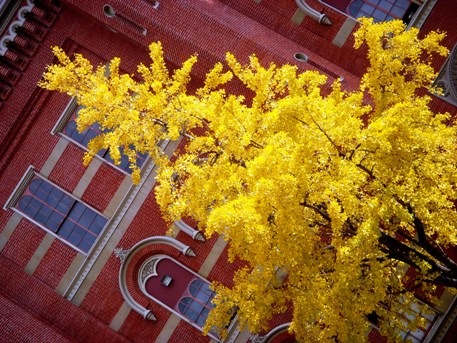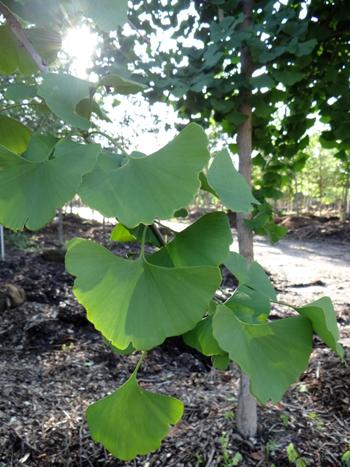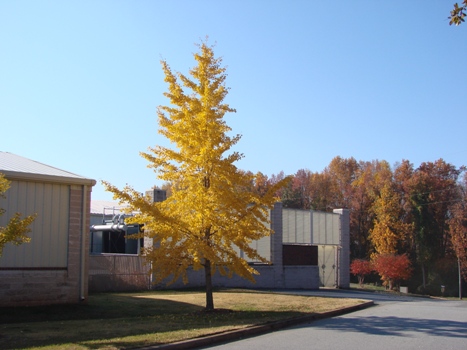A Stinky Story

West Virginia University had a problem with one of its dormitory dining halls. It wasn’t the busy downtown location. It wasn’t that it couldn’t cope with all of the students using it. It wasn’t even the quality of the food that it served. Rather, it was the pungent odour that hung in the air just outside of the cafeteria’s main door. It was a stench, really, and a very recognizable one. It wasn’t the odour of “mystery meat” but of vomit. This wasn’t the smell one wants outside of a dining establishment. After multiple complaints, an investigation of the surrounding landscape revealed that one of the dorm’s most prominent plants was a female gingko (Ginkgo biloba) tree.
Secrets Of The Gingko

Also known as a maidenhair tree, it’s easy to see why this ancient species with striking, fan-shaped leaves is an attractive landscaping choice. Native to China, the gingko is an unfussy resident, doing best in growing zones 4-9, equally happy living in full shade or sunlight. It’s also indifferent about its soil, provided that it’s well-drained. The tree is deciduous, but it can also be classified as a conifer.
The gingko is also a type of tree known as dioecious, meaning that such a species has distinctly male and female members. Female gingko trees produce a fruit after pollination which ripens in the late autumn. Once ripe, the fruit falls off the tree. As it begins to rot, it begins to emit an unmistakable and unpleasant odour. While male and female gingkos in close proximity produce “gingko nuts” which are edible and delicious if prepared properly, the fruit itself is not edible. Its seeds also contain urushiol, the chemical found in rash-producing plants such as poison ivy. Because of this, one should not handle gingko fruit with bare hands.
Are Gingko Trees Poor Landscaping Choices?

So while the female gingko “throws down” (as opposed to throws up) its fruit, there’s no getting around the fact it produces a very displeasing smell. And yet, because of its hardiness and beauty (this tree is also drought-, pollution-, and pest-resistant), the tree need not be rejected as a planting choice. To deal with its less attractive aspects, homeowners can grow only male trees or cultivars, or move quickly (and carefully) to remove gingko fruit from properties once it ripens.
Better still, property owners should work with professional tree services to get guidance, and to maintain or remove “difficult” trees. Great Northern ReGreenery pride ourselves on our expertise in Ontario area. Please reach out to us at 1-877-775-7444 for all of your shedding, sagging, and yes, stinky tree needs.





